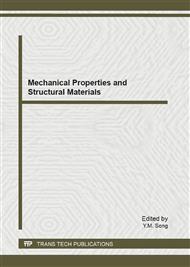p.423
p.428
p.432
p.437
p.441
p.445
p.449
p.455
p.461
Experimental Research and Simulation in a Thermosyphon
Abstract:
Heat pipes are devices capable of very high heat transfer and have been widely used in many thermal management applications. An experimental investigation and CFD simulation of thermal characteristics of heat pipe was presented in this paper. It can be found that UDF in FLUENT can simulate the evaporation and condensation in heat pipe. The pressure difference between evaporation section and condenser ensure the vapor can flow successfully from the evaporation section to condenser. In steady state, the fluctuation of axial velocity is very small in the most area in heat pipe. In general, the magnitudes of velocity vary from 0 to maximum from the end of both evaporation section and condenser, and the maximum value was maintained in the adiabatic section.
Info:
Periodical:
Pages:
441-444
Citation:
Online since:
October 2012
Authors:
Keywords:
Price:
Сopyright:
© 2012 Trans Tech Publications Ltd. All Rights Reserved
Share:
Citation:


